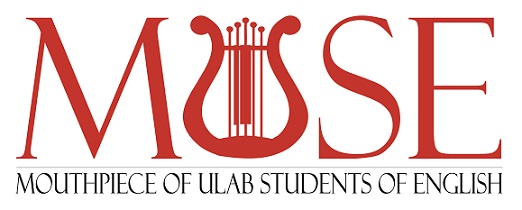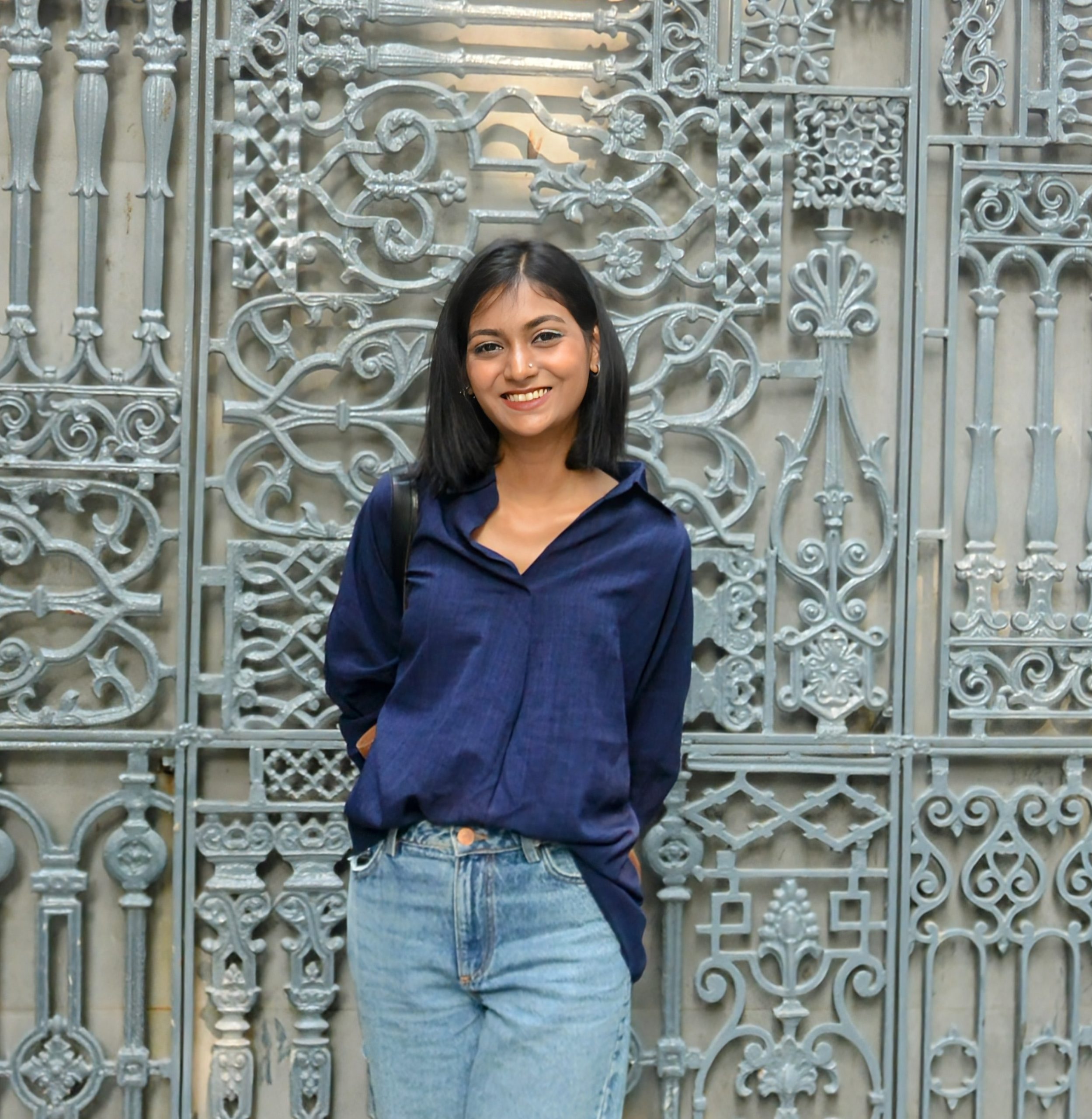Interviewed by Mohammed Talal
MUSE’s Hobby section features the experiences of a talented DEHian who passionately pursues a hobby, inspiring other DEHians to explore their own interests beyond their classrooms . For this issue, Mohammed Talal interviewed Ansa Tasfia Suhi, who is a passionate and driven model as well as a DEHian, currently enrolled in her 11th semester. Suhi shares her story about finding her way into the fashion industry through unexpected circumstances. With a strong sense of individuality and a love for creative expression, she embraces every opportunity to grow and refine her craft. Suhi values authenticity, confidence, and the art of transformation in modeling, making her a dynamic presence in the industry. She continues to challenge herself while staying true to her principles, always seeking meaningful and inspiring collaborations.
Q1. How did you get started in fashion modeling and what inspired you?
During the COVID-19 pandemic, I found myself in a tough place, depressed and with a broken leg, though I can’t quite recall how it happened. Life felt heavy, but amidst the gloom, I discovered a small way to lift my spirits. With clothes lying around, I began dressing up; not for any particular occasion, but simply to feel better. Even for something as mundane as grocery shopping, I’d put effort into my appearance. It wasn’t often, but those little moments made a difference.
At the time, I was working in an office where I happened to be friends with a photographer named Koushik Iqbal. One day, he suggested that I try modeling. Intrigued but unsure, I started assisting him with his projects and gradually learned more about the craft. Recognizing my potential, Koushik helped me create a portfolio, and that’s how my journey into modeling began.
As for inspiration, I think there’s a little part of every girl that dreams of being a model. When the opportunity presented itself, I decided to take the leap—and I’m so glad I did.
Q2. Do you remember your first photoshoot or runway appearance?
Yes! I remember it as if it happened yesterday. My debut as a model came completely by surprise—I was a last-minute replacement for the original model, who had suddenly fallen ill. Koushik called me out of the blue and told me to come over.
I was completely unprepared and had no idea what I was doing. Models usually carry essentials for a shoot like lenses, heels, or appropriate undergarments, but I had none of those things with me. To make matters worse, the shoot was outdoors in a location I wasn’t familiar with, and I was sweating under the intense pressure. For a model, sweating is an absolute no-go, and my rising panic only made it worse. I was so worried about the impression I was making and terrified of messing everything up. I didn’t even know how to pose or behave in front of a camera. Looking back, though, I’m glad it happened. That day taught me a lot—sometimes, being thrown into the deep end is the best way to learn.
As for my first ramp day, oh, that’s a story I’d rather forget. It was in Gulshan Park, and my confidence was at rock bottom. I didn’t follow any protocols, running back and forth like a headless chicken. My part was utterly forgettable, and to be honest, it was a complete disaster. I was too disheartened to learn anything from that experience. Everything I know about ramp modeling came much later, but not from that day—it was a low point I had to grow from.
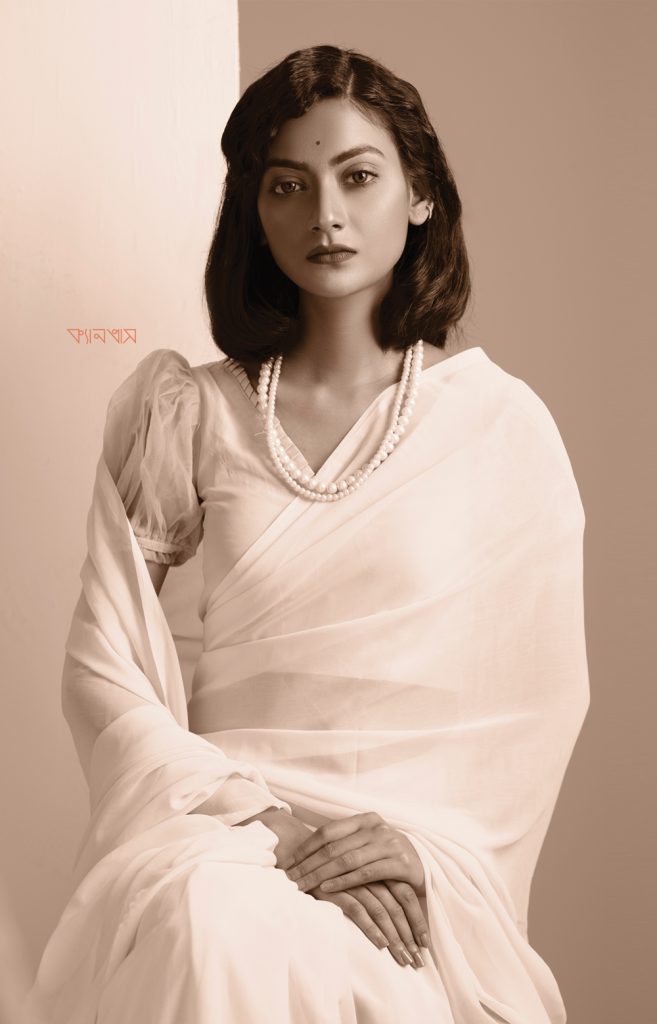
Q3. Who are your biggest influencers or role models in the fashion and modeling world?
When it comes to Bangladeshi models, two names immediately come to mind. First is Sonia Yasmin Isha, an alumna of ULAB and someone I absolutely adore. She’s not just a model but my mentor—a true diva in every sense. Her mastery of modeling is unmatched; from the way she walks to how she sits, she embodies elegance and confidence. She still guides me today, offering invaluable advice for every shoot I undertake. It’s truly an honor to be mentored by her. Sonia also works in the fashion sector of The Daily Star, making her influence even more inspiring. Another name I’d like to mention is Azra Mahmud. I deeply admire her work and her dedication to the craft. She’s a model I look up to for inspiration.
As for models outside of Bangladesh, two of my absolute favorites are Shalom Harlow, the Canadian model, and Yasmin Wijnaldum, the Dutch model. I’m completely captivated by their runway walks—they’re mesmerizing and incredibly unique. Both have this commanding aura that exudes power and elegance, drawing you in effortlessly. I find myself constantly admiring their work and their presence.
While there are many models I admire, these four hold a special place for me—they’re the core of my inspiration.
Q4. What do you enjoy most about modelling and are there any particular brands or styles you love working with?
I absolutely love being in front of the camera—stepping into a character and fully immersing myself in the role. Each shoot comes with its own unique demands, and I enjoy the challenge of adapting to different personas. For instance, when I transform into a bride for bridal shoots, I embody the shyness and grace of a newlywed. On the other hand, for a grunge, messy look, I tap into a completely different energy. Switching between these characters so quickly has taught me to adapt and deliver on the spot, and I love the process of nailing every shot with all my effort.
It’s especially rewarding when my work is appreciated. Sometimes, even after the planned shots are taken, photographers continue shooting because they enjoy what I bring to the table. Moments like these make me feel valued and reaffirm why I love what I do.
When it comes to working with brands, I don’t prioritize specific names. Instead, I focus on working with brands that respect me as a person, not just as a model. A positive working environment with supportive, kind people is essential to me because, at the end of the day, it’s the people behind the brand who truly make it what it is.
Fashion-wise, I have a soft spot for Western, trendy, and experimental styles—especially those with an unexpected twist or an element of surprise. These styles, often found in magazine shoots, really draw me in and fuel my creative side. Ironically, I get called in more often for traditional looks, likely because I carry them well, but my personal favorite remains bold, out-of-the-box designs. Those are the projects I enjoy the most.
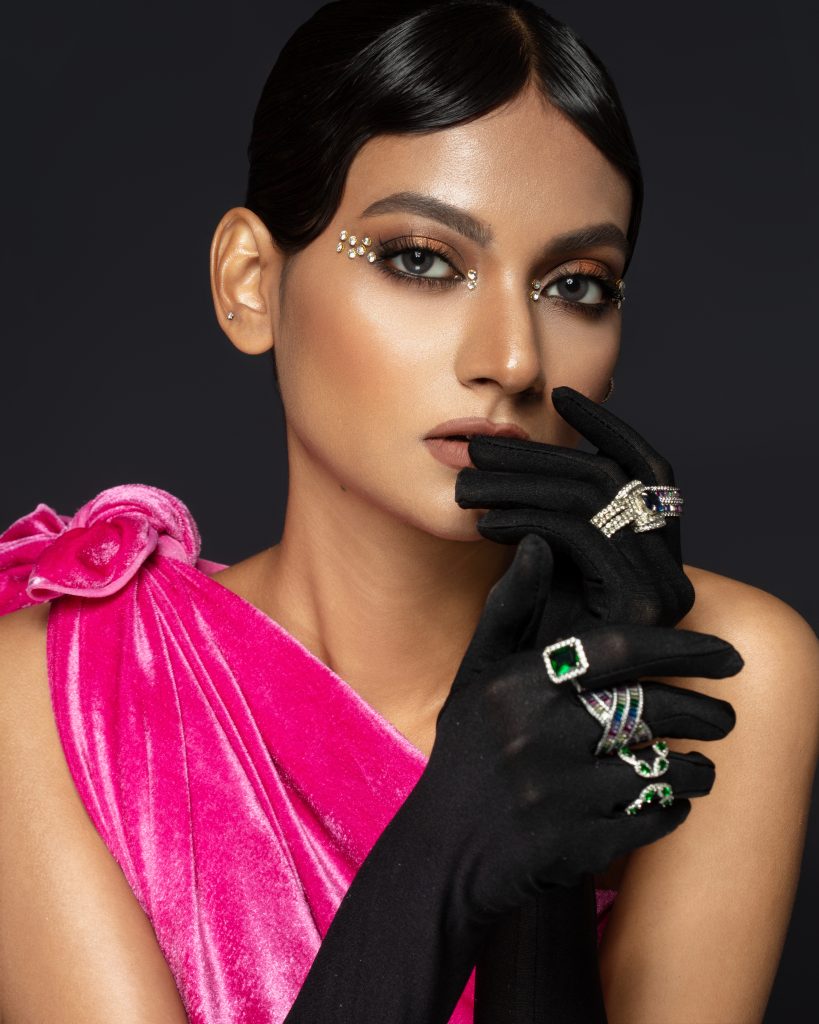
Q5. How do you stay confident in an industry that focuses heavily on appearances?
It’s simple—I stay true to myself and ignore the rest. Early on, someone told me I didn’t look like a model. When I asked what a model was supposed to look like, they described a stereotype: someone who lives a lavish lifestyle, is always dolled up, obsessed with appearances, and carries themselves like a celebrity. They said maintaining an Instagram-perfect image was all that mattered. While there’s a sliver of truth to this, I’ve always valued comfort over flashy, superficial appearances.
I remember once carrying a tote bag to a shoot, and the choreographer picked it up with a look of disgust, pinching it like it was offensive. He remarked that it didn’t fit the “model look” and implied a fake designer bag would be better. It was upsetting, especially in those first few months. It wasn’t as if I didn’t own designer bags—I had and still have original ones—but I never used them to validate myself. I tried incorporating them briefly, but it felt inauthentic. It wasn’t me.
Eventually, I decided to embrace who I am and stop caring about what others think. The truth is, no matter what you do, people will judge you anyway. Ironically, those same people who criticized me for not fitting the mold later became my biggest fans once they saw me in photoshoots.
Now, I focus on moving forward and staying confident by being authentic. When I’m true to myself, I feel empowered—and that’s how I continue to thrive in this industry.
Q6. What challenges have you faced as a model and how do you overcome them?
As a model, one of the biggest challenges I faced was spending money on myself. Before entering this field, I rarely felt the need to buy things for myself constantly. However, once I became a model, I realized that investing in myself was essential. From purchasing clothing for different seasons to buying makeup products to maintain my skin and hair, I had to ensure I always looked polished and presentable. On top of that, keeping my nails, hair, and overall self-care in check proved to be quite costly.
Initially, I felt a lot of guilt about spending so much money on myself. I kept thinking about how that money could have been used to support my family or invest in my education. There was also the pressure to meet specific beauty standards—those unspoken but ever-present demands of the industry. Falling short would often invite judgment, which added to the difficulty.
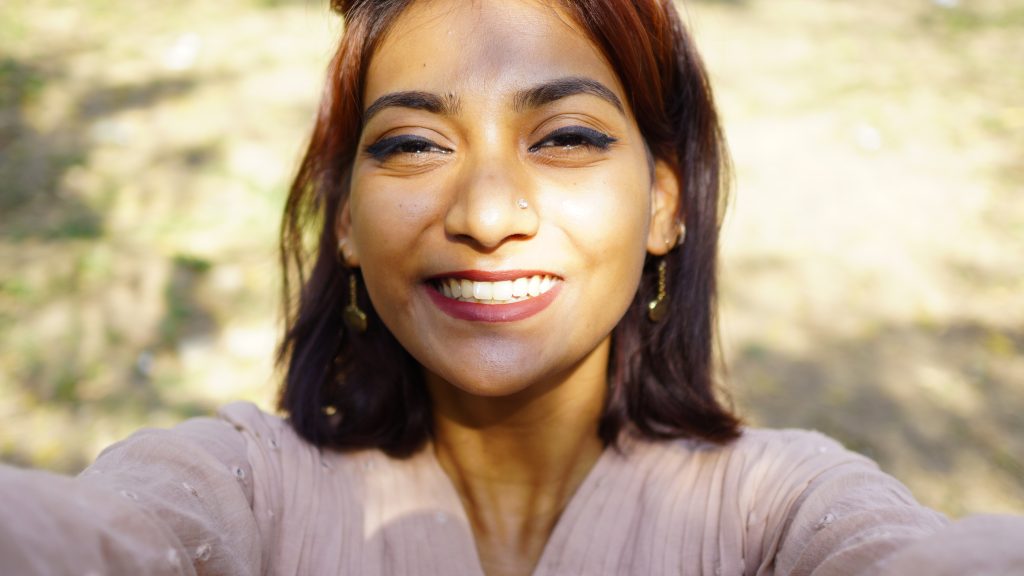
To overcome this, I learned to be strategic and prioritize only what was truly essential. I cut costs wherever I could, finding ways to maintain my appearance without breaking the bank. Fortunately, in Bangladesh, there are always places where you can find more affordable options. Even if the products weren’t branded, as long as they looked presentable and aligned with the modeling industry’s expectations, they worked for me.
I started shopping at places where I could get multiple items for the price of one expensive product. This shift not only helped me save money but also showed me that many people in the industry were fine with these practical choices. By focusing on essentials and embracing cost-effective solutions, I was able to meet the industry’s standards without compromising my financial responsibilities.
Q7. What skills or insights have you developed through modeling that surprised you?
I’d say one of the most significant things I’ve learned through modeling is how to tolerate and work with people. My patience has grown tremendously, and I’ve also developed the skills to navigate interactions with individuals from various backgrounds, perspectives, mentalities, and levels of expertise. Every day in the industry brings new encounters, and I’ve had to adapt to deal with different personalities effectively.
Another important lesson I’ve learned is the value of time. Before I started modeling, I often took time for granted and had a habit of being late. However, this career has taught me to respect not only my own time but also other people’s. One particular experience really opened my eyes—a photoshoot where I was made to wait almost 12 hours for a shoot involving just three items. Despite the long wait, I was only paid a minimal amount. That day, I realized that time is far more valuable than money. It was a surprising but impactful lesson, and since then, I’ve made a conscious effort to manage and value my time wisely.
Q8. Do you have a favorite fashion era, style, or trend that inspires you?
I think the golden era of fashion probably ended by the early 2000s. Everything that came after feels like a mix of trends—punk, socks over pants, emo styles—or just reinventions of older fashion. To me, modern fashion has become boring and often overdone. While I appreciate retros, I find these reinvented styles too flashy and overly polished.
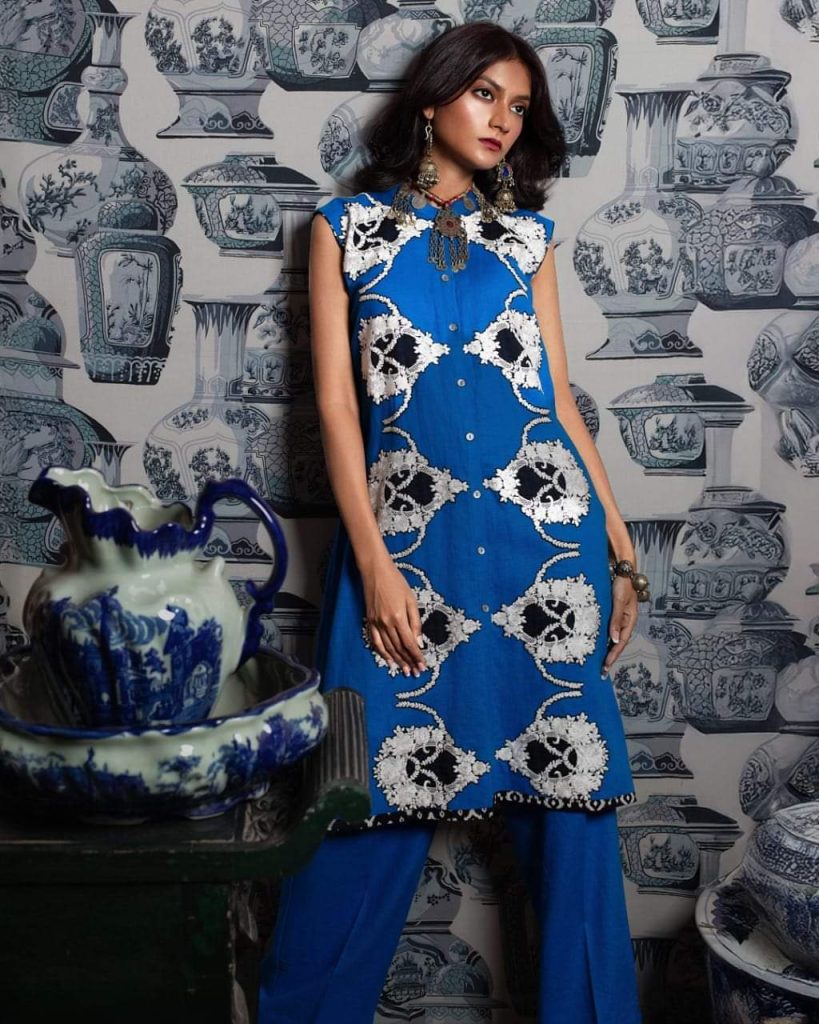
Most modern trends are essentially archived looks brought back with a twist, and that lack of originality doesn’t appeal to me. I value the roots of a style—the authentic, original look that defines an era. What truly resonates with me are outfits and styles that exude individualism, authenticity, and originality. I don’t like to be a copy of someone else, nor do I want my fashion choices to feel like a mere replication of past ideas. True style, in my opinion, is about embracing something uniquely your own.
Q9. What advice would you give someone looking to explore fashion modeling?
Remember, beauty on the inside is just as important as beauty on the outside. Modeling is a short journey, so don’t plan on making it a lifelong career. Have something outside of modeling to fall back on because, whether you like it or not, external beauty will eventually fade. If you’re truly passionate about modeling and believe you have what it takes, go for it. Dedicate yourself fully and be willing to put in the work. Believing in yourself is key.
Always start with a good grooming school—it’s like a gateway to countless opportunities. Seek out a mentor who can guide you, but be prepared to encounter manipulators along the way. Many will offer deals and make false promises, and it’s crucial to recognize and navigate these challenges. Having basic knowledge about the industry and a clear understanding of what you want—and don’t want—is essential.
I highly recommend investing in a good grooming school, even if it’s expensive—it’s worth it. A quality grooming school will not only guide you but also open doors to opportunities if you put in the effort. It saves you time by preparing you for the challenges ahead, sparing you from having to learn the hard way. A good grooming school will push you to be the best version of yourself, equipping you to face the ups and downs of the industry with confidence.
Q10. What are your future aspirations in modeling and are there any dream collaborations or goals you’re aiming for?
For me, the most important thing is to work with dignity. I don’t have grand expectations at this point. I’ve done most of what I wanted to in modeling and checked off many items on my bucket list. If I continue in this field, my priority is to work in a way that allows me to maintain my self-respect. I don’t want to take on anything that makes me feel otherwise.
That said, sometimes I let my imagination run wild. One of my dream collaborations is with Sabyasachi. Funny story—once, I even messaged him, asking if he would take me on as a model. I had no expectations of him replying, and unsurprisingly, he didn’t. Still, I put my thoughts out there, even though it was a bit embarrassing!
On a more serious note, I sometimes dream about being featured in iconic magazines like Vogue. It feels like an unattainable goal, but it’s something I can’t help but imagine. Do I think it’s possible? Probably not. But even if it never happens, I’m okay with that. I find contentment in simply dreaming about it.
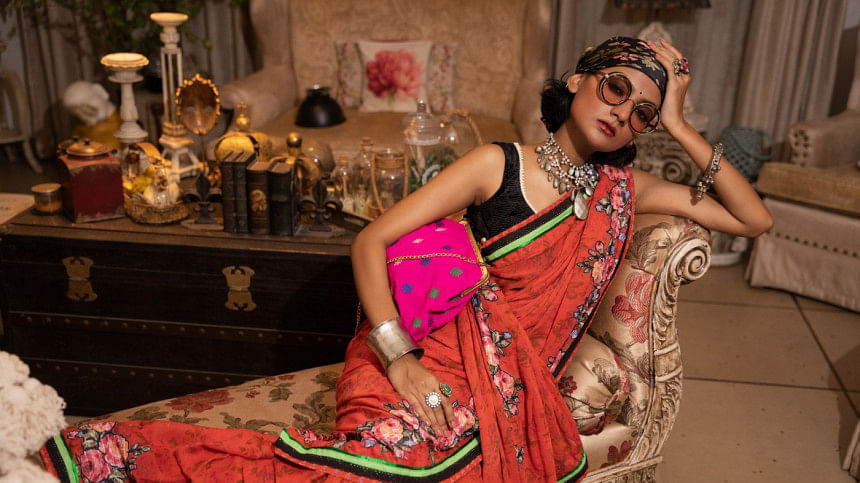
Q11. Did being part of the DEH inspire your vision as a model?
If I’m being honest, joining DEH (Department of English and Humanities) shaped me more as a person than as a model. A little backstory: I initially started in the Department of Computer Science and Engineering, but I was struggling to keep up and felt completely out of place. I wanted to drop out. Last year, I decided to switch to the English department because I’ve always had a passion for English.
At first, my mom was against the idea, but over time, she became more understanding. I had some prior experience with content writing, and I wanted to explore that further. When I approached Ms. Arifa, the head of the English department, she asked me if I was truly confident in my decision to join DEH, reminding me that switching majors would mean losing two years of academic progress. Despite the setback, I told her I was sure, and I made the leap. It turned out to be one of the best decisions I’ve ever made.
The faculty members at DEH have been incredible and have helped me in ways beyond academics or modeling. For example, Ms. Tanzia supported me with learning Illustrator and improving my artistic skills. The department embraced me fully, and being a part of it taught me how to better understand my emotions and, in turn, myself.
Through DEH, I’ve evolved into a better person. It also boosted my confidence in speaking and presenting—skills that are invaluable in both my academic and professional life. Overall, the experience has been transformative, and I’m truly grateful for it.
